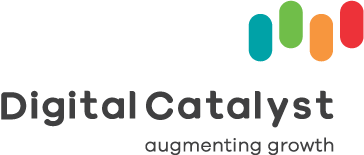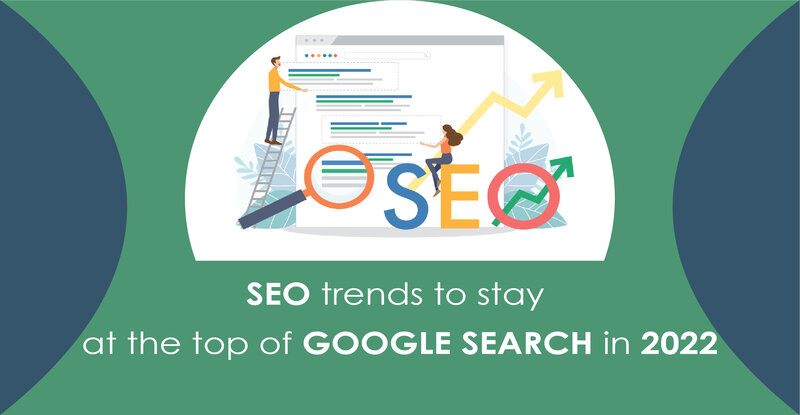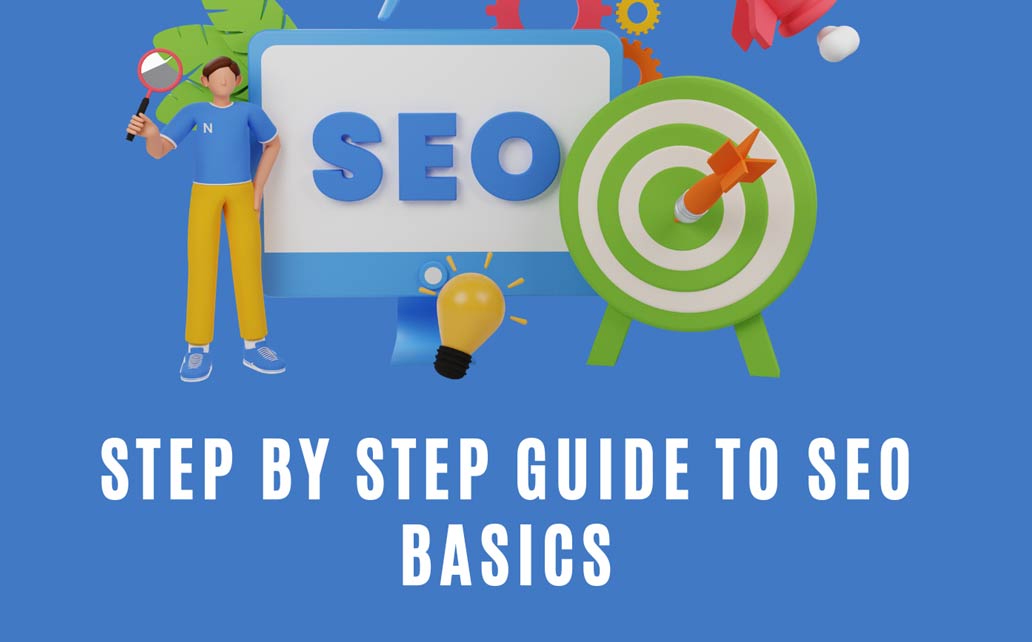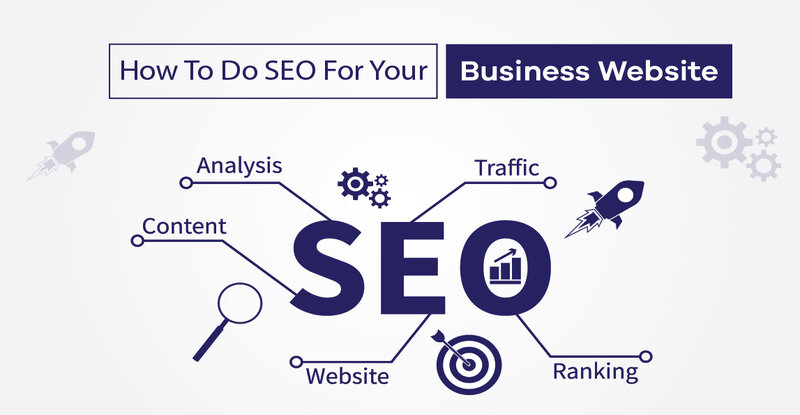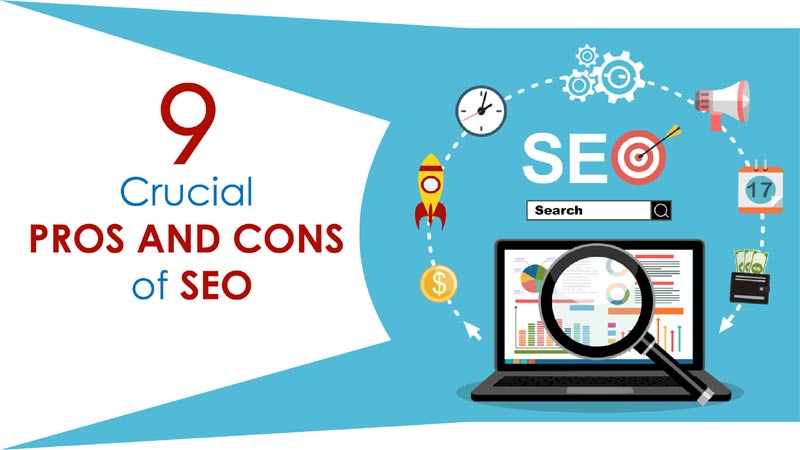As Google updates its SEO algorithm, SEO strategies are volatile and change continually. Despite regular algorithm updates and improvements, a few tried and true SEO tactics remain. Implementing these tactics on your website will enhance your ranking and protect it from Google’s changes. We at Digital Catalyst keep a close eye on Google’s changing algorithms and make changes to the websites for our clients accordingly, as and when required. Contact us if your website is affected by any Google algorithms for our expert SEO services, and we will take care of the rest.
You can implement these tactics in two different ways: on-page and off-page
On-page SEO tactics to be considered
To make quick, effective changes, focus on On-page SEO tactics:
1. Focus on long-tail keywords
Keywords with long tails are typically more specific and prolonged than standard ones. They have a lower search volume than shorter keywords but can be very useful. Long-tail keywords help you understand the user’s intent. By this, you can narrow the keywords to those highly related to the actions you want users to take on your site. You can know the user’s intent through long-tail keywords, which is impossible with short ones. And these types of keywords have lower search volume and lower competition, so it ranks well on google.
2. Add keywords in Alt text for images
- Alt text or alternate text describes the image in short. It’s the most crucial factor to rank on Google, contributing approximately 20% to rank on top. Alt text has some uses, like accessibility, context, and search engine optimization.
- Accessibility: It helps the visually impaired to hear using screen readers.
- Context: Users can use alt text as an alternative to an image when the image cannot be loaded on the page.
- Search Engine Optimization: Search engine crawlers use alt text to index an image correctly.
- An accessible site has a greater chance of attracting traffic.
3. Insert keywords in Headlines
By placing keywords in headers, you notify search engines and users that your content satisfies the intent behind those search terms. Make sure you consider the user experience and Google recommendations before choosing where to place your target keywords or other variations.
4. Target on Great UX experience
Apart from keywords and headlines, one of the essential factors google considers while ranking your page is dwell time. If the user bounces back from your page within seconds of arrival, it indicates to Google that it’s not the content the users are looking for. How long it takes for a page to load will affect dwell time and bounce rates. An average web page is loaded in 10.3 seconds on a desktop and 27.3 seconds on a mobile. Conversion rates are most affected by the first 5 seconds of a page loading. Each additional second it takes for a page to load lowers conversion rates by 4.42 percent on average.
5. Append multiple media type
SEO benefits can be gained indirectly by doing certain things. One of those things is using multimedia in your blog posts. Besides images, media can include audio files, videos, e-books, and GIFs. Engaging media types increases dwell time and user experience on your website. According to HubSpot, videos comprise most content strategies, overtaking blogs. Video marketing is used by 86 percent and audio marketing by 61 percent of businesses to grow their business, and 84 percent of consumers say watching a brand’s video led them to buy a product or service. Digital Audio marketing is rising, with the average consumer spending more time listening. Include video and audio content to engage the consumer on your web page for extended periods.
6. Utilize internal links
As mentioned above, Google considers dwell time while ranking the website. Another factor considered while ranking is time spent on your entire website. A user staying on your website longer is more likely to move further down your funnel. On top of that, it tells search engines that your content is high quality and relevant. Most people spend equal amounts of time on their internal and external linking strategies in a blog post. SEOs say every blog post should contain at least two to five internal links.
7. Focus on the Keyword Phrases
The three stages of the funnel are awareness, consideration, and decision. As far as the top of the funnel is concerned, keyword phrases grab the attention of prospective customers. Ninety-five percent of marketers make sure to target top-of-funnel keywords with their content. Content targeting these terms is intended to build “awareness” of the topic. Readers will be drawn in without being asked to take any action. That’s what the funnel is for.
Off-page SEO tactics to be considered
Technical SEO is often forgotten, but it still plays a crucial part in ranking. Some essential SEO tips for implementing:
1. Eradicate spammy backlinks
Backlinks were the hidden treasure of SEO. Even though backlinks are still a big ranking factor for Google, the quality of those links is now more critical than ever. Google rolled out another algorithm update in 2021 that targeted and devalued bad Backlinks. Even though no individual sites were penalized in the process, it stopped counting a lot of backlinks many sites had become accustomed to, affecting their rankings. 91% of all pages on the web never receive organic traffic from Google. Almost half of those pages don’t have a single backlink. If you’re a website owner, the requests come from website owners whose site has a lower domain authority score than yours or might be using shady SEO practices. Make sure they won’t negatively impact your site.
2. Strengthen your brand
Over the past decade, Google has increasingly focused on brands. Specifically, they look for brand signals to weed out misinformation and provide more reliable results for each search. This makes it a high-ranking factor. Consistent brand representation across all platforms can increase revenue by 23 percent. Branding also simplifies the presentation of your values, boosting customer loyalty. Eighty-nine percent of customers will stay loyal to brands that share their values. As your brand becomes established and grows, you will begin receiving both branded and non-branded traffic.
3. Create thought leadership and strategic content
Once you have relevant content on your website, think strategically and become authoritative despite informational content. You can achieve it with thought leadership and strategic content. Fifty-four percent of decision-makers read thought leadership content relevant to their business more than once weekly. On the other hand, 71 percent report gaining insight from less than half of what they read. This requires thinking ahead and answering strategically before the questions are asked.
4. Diversify its backlink profile
How do you diversify your backlink profile? The goal is to get as many links from as many websites as possible. A study by Ahfrefs of more than 1 billion web pages found that 66.31 percent had no referring domains, and 26.29 percent only had one to three referring domains. Less than 0.1 percent of sites had more than 100 referring
5. Employ subject matter experts to increase your expertise, authority, and trust
The EAT score is one of the most critical factors determining page quality. If you want to write good content that gets a higher score, you should emulate those who are experts and authorities in the topics you write about. Generally, 47 percent of buyers read three to five pieces of content before engaging with a sales representative. By collaborating with subject matter experts or emulating their content, you increase the likelihood of engaging with your content before moving on to the next step. Whether you’re creating thought-leadership content or not, you can still get advice from subject matter experts.
These are on-page and off-page factors primarily Google considers while ranking. To implement such SEO trends in your business to stay at the top of the Google search ranks, consider Digital Catalyst. For further details, visit https://digitalcatalyst.in/
